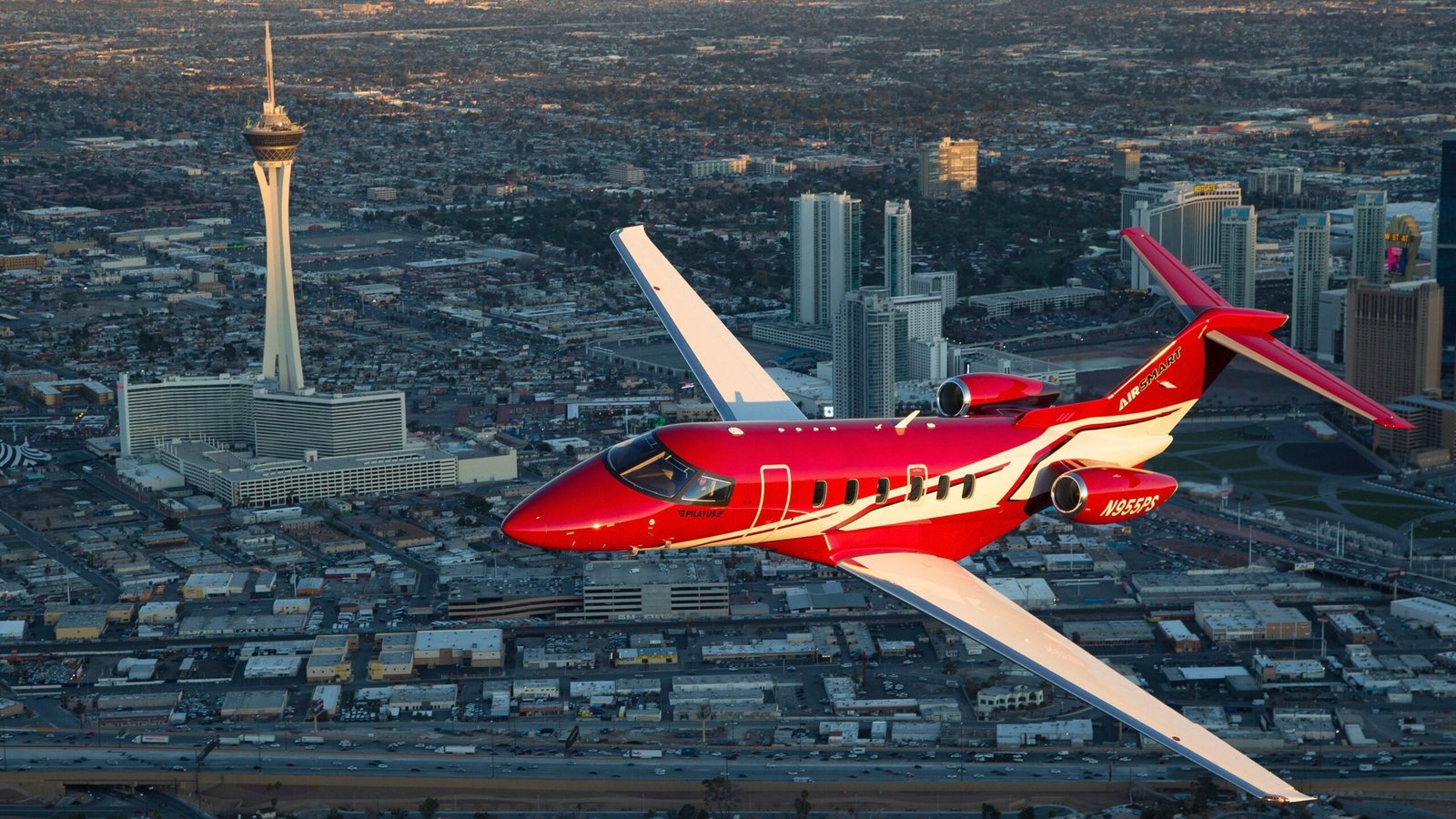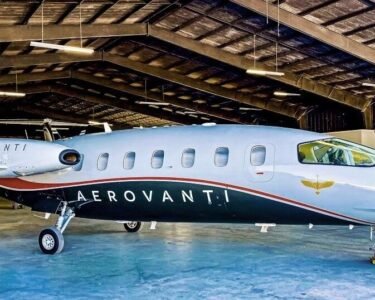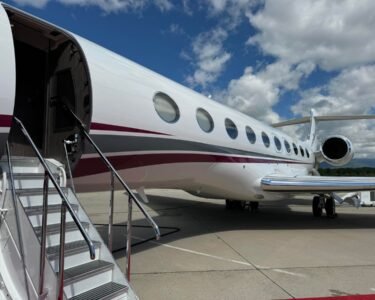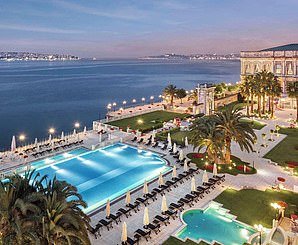Business jets provide operators with the ultimate flexibility when traveling. It allows the operator to fly when and where they want with few restrictions. Business jets are also typically smaller, capable of flying higher, and faster than most commercial jets. However, there are many differences between business jets that are manufactured across the world, and many have completely different abilities from others.
One of the best features of flying on a business jet is the ability to land at smaller airports that are less busy and closer to major landmarks than commercial airports. These smaller airports typically have shorter runways, which prevents larger commercial jets from utilizing them.
Business jets that have shorter required runway lengths have significantly more airport landing options. Let’s take a closer look at some of the business jets that require the least amount of runway to land.
5 HondaJet
Runway length required: 3,500 feet
|
Year introduced |
2015 |
|
Passenger capacity |
Seven passengers |
|
Cruise speed |
422 knots (486 miles per hour) |
|
Service ceiling |
43,000 feet |
|
Range |
1,437 nautical miles (1,653 miles) |
Honda began designing the original HondaJet in the early 2000s. Eventually, Honda’s design team would generate a proof of concept and eventually fly the aircraft for the first time in 2003. However, the company did not begin the commercialization of the aircraft until 2006.
Honda would finally build a jet that conformed to Federal Aviation Administration (FAA) rules in 2010 and introduce the aircraft into production in 2015. Since then, Honda has produced over 250 HondaJets.
Photo: Oleksandr Naumenko | Shutterstock
The aircraft is manufactured with a composite fuselage and aluminum wing and has its two engines and pylons mounted directly on the wing instead of its fuselage. The minimized drag from this unique design and lightweight manufactured materials allow the aircraft to take off in less than 3,500 feet and land in just over 2,500 feet.
4 Cessna Citation M2
Runway length required: 3,210 feet
|
Year introduced |
2011 |
|
Passenger capacity |
Seven passengers |
|
Cruise speed |
404 knots (465 miles per hour) |
|
Service ceiling |
41,000 feet |
|
Range |
1,550 nautical miles (1,783 miles) |
The Cessna Citation M2 is part of the Cessna CitationJet family. Originally, this family of aircraft came after the discontinuation of the Citation I in 1985. The original CitationJet was designed with the Citation II forward fuselage and incorporated a new carry-through wing and t-tail.
The CitationJet was introduced in 1991, and several variants of the aircraft are still being produced today. Over 2,000 have been manufactured since its introduction.
Photo: Markus Mainka | Shutterstock
The Citation M2 was launched in 2011. It added improved turbofan engines and modernized Garmin G3000 avionics. It also added a unique interior layout. Overall, the M2 had a higher top speed, faster rate of climb, and added winglets to improve performance. These additions, as well as the lightweight materials it is made from, allow the aircraft to use runways that are only 3,210 feet long.
3 Embraer Phenom 100
Runway length required: 3,190 feet
|
Year introduced |
2008 |
|
Passenger capacity |
Seven passengers |
|
Cruise speed |
400 knots (470 miles per hour) |
|
Service ceiling |
41,000 feet |
|
Range |
1,178 nautical miles (1,356 miles) |
Embraer introduced this very light business jet in 2008, although it first flew in July 2007. The Brazilian manufacturer wanted to explore the smaller business jet market and even wanted to use the Phenom 100 as an air taxi. Its goal was to secure 30% of the global light jet market. The Phenom 100 was certified by the FAA in December 2008, and the first aircraft was delivered later that month.
Photo: Austin Deppe | Shutterstock
The aircraft is manufactured with an ovular fuselage, a cantilever wing, and a small t-tail. It is also made up of 20% composite materials. The Phenom 100 is also powered by two Pratt & Whitney PW617 turbofan engines, and the latest variant of can land in under 2,500 feet, and take off in just under 3,200 feet.
2 Pilatus PC-24
Runway length required: 2,930 feet
|
Year introduced |
2018 |
|
Passenger capacity |
Ten passengers |
|
Cruise speed |
440 knots (506 miles per hour) |
|
Service ceiling |
45,000 feet |
|
Range |
2,000 nautical miles (2,302 miles) |
Pilatus Aircraft began exploring its introduction into the light business jet market after it noticed the success of its turboprop aircraft, the PC-12. The single-engine pressurized aircraft was a huge success, and has been produced for nearly 30 years.
However, several customers of the PC-12 expressed interest in an aircraft that retained many features of the PC-12 while increasing its top speed and range. Specifically, these customers wanted to ensure the new aircraft would still retain the ability to land on very short runways.
Photo: InsectWorld | Shutterstock
Pilatus then began the design of what would become the PC-24. The Swiss manufacturer introduced the type in 2018, and it has since produced over 100 aircraft. The PC-24 has great runway performance and can land on extremely short and rough airstrips. It is fitted with a double-slotted flap system to achieve this.
1 Cirrus Vision Jet
Runway length required: 2,036 feet
|
Year introduced |
2016 |
|
Passenger capacity |
Six passengers |
|
Cruise speed |
311 knots (358 miles per hour) |
|
Service ceiling |
31,000 feet |
|
Range |
600 nautical miles (690 miles) |
Cirrus began the initial development of the Vision Jet in 2003 from the company’s ‘Moose Works’ facility. It began taking deposits for the proposed jet in 2006, and the company described it as the slowest, lowest, and cheapest jet available.
Flight testing began in 2008 before being slowed down significantly during the Great Recession later that year. The first FAA-conformed aircraft flew in 2014, and Cirrus began delivering the aircraft in 2016.
Photo: GingChen | Shutterstock
The Vision Jet is a single-engine, pressurized aircraft, and the single jet engine, which is a William FJ33 turbofan, is located on top of the aircraft’s fuselage. Meanwhile, its airframe of the jet is almost entirely composite material. The low top speeds and lightweight material allow the Vision Jet to use runways that are barely 2,000 feet long.









